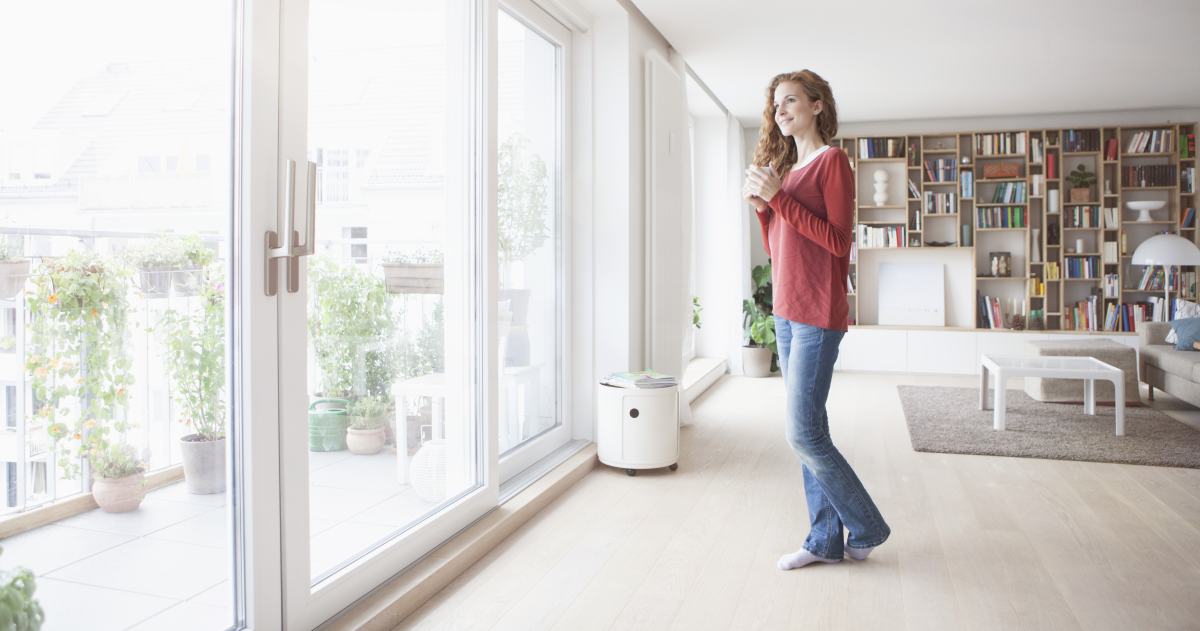Building an eco-friendly, sustainable home has never been more popular. Many homeowners and developers are opting for green construction to reduce environmental impact and lower energy costs. But going green isn’t just about choosing a few energy-efficient appliances—it’s about considering every aspect of your home’s design, construction, and long-term use. Before you start building your sustainable dream home, there are several critical factors to keep in mind. Going green? Things to consider before building a custom home. Find out here from green construction experts. Green building details here by experts.
1. Understand Green Building Standards
Before embarking on a green building project, familiarize yourself with green building standards. These standards provide guidelines on how to design, construct, and maintain eco-friendly homes. Two of the most widely recognized certifications are LEED (Leadership in Energy and Environmental Design) and Energy Star.
- LEED Certification: This rating system focuses on energy efficiency, water conservation, and indoor air quality. Homes built to LEED standards are designed to have minimal environmental impact.
- Energy Star Certification: Energy Star homes are at least 10% more energy-efficient than homes built to standard codes. They include features like improved insulation, high-efficiency windows, and energy-saving appliances.
Research these standards and decide whether you want to pursue certification. Meeting these criteria requires additional costs and time, but the long-term benefits often outweigh the initial investment.
2. Location and Orientation Matter
One of the most critical factors in green building is the location and orientation of your home. How your house sits on the land impacts natural lighting, heating, and cooling efficiency.
- Passive Solar Design: By orienting your home to take advantage of sunlight, you can reduce energy costs. South-facing windows allow sunlight to heat your home naturally in winter, while properly placed overhangs can provide shade in summer.
- Wind and Shade: Consider natural wind patterns and existing trees when planning your home’s layout. Wind can provide natural cooling, while trees offer shade to help reduce energy consumption.
Building in a location that supports natural energy-saving techniques is key to making your green home more efficient.
3. Energy Efficiency Is Key
Energy efficiency is at the core of any green building project. Choosing energy-efficient materials, systems, and appliances helps reduce your environmental footprint and lowers utility bills.
- Insulation: Proper insulation is essential for maintaining temperature control. Look for eco-friendly options like recycled denim or cellulose insulation, which offer excellent thermal performance without harming the environment.
- Windows: Invest in high-efficiency, double- or triple-pane windows to prevent heat loss. Windows with a low-E (low emissivity) coating help reflect heat back into the home during winter and block solar heat in summer.
- Appliances: Choose Energy Star-rated appliances for their superior energy savings. These appliances use significantly less energy than standard models.
- Lighting: LED lighting is more energy-efficient than incandescent or fluorescent bulbs. They also last much longer, reducing the need for replacements.
4. Consider Sustainable Materials
When building green, the materials you use are just as important as the energy systems you implement. Choosing sustainable, non-toxic materials is essential for minimizing your home’s environmental impact.
- Recycled and Reclaimed Materials: Look for materials that have been recycled or reclaimed, such as reclaimed wood for flooring or recycled metal for roofing. These materials reduce the need for new raw resources and help lower your home’s overall carbon footprint.
- Bamboo and Cork Flooring: Bamboo is one of the most sustainable flooring options because it grows quickly and regenerates after being harvested. Cork is another eco-friendly option, as it’s harvested from the bark of the cork oak tree, allowing the tree to continue growing.
- Eco-Friendly Paints and Finishes: Traditional paints often contain volatile organic compounds (VOCs), which release harmful chemicals into the air. Choose low-VOC or VOC-free paints and finishes to improve indoor air quality and reduce your environmental impact.
- Durability: The longer your materials last, the fewer resources you’ll need for repairs and replacements. Durable, high-quality materials may come with a higher upfront cost but will save money and resources over time.
5. Water Conservation
Water conservation is a critical aspect of green building. Reducing water use not only conserves resources but also lowers utility bills. Here are some water-saving features to consider:
- Low-Flow Fixtures: Install low-flow faucets, showerheads, and toilets to reduce water consumption without sacrificing performance. These fixtures can save thousands of gallons of water each year.
- Greywater Systems: A greywater system reuses water from sinks, showers, and laundry for irrigation and landscaping. This reduces the amount of fresh water needed for outdoor use.
- Rainwater Harvesting: Collecting rainwater for non-potable uses like watering gardens or flushing toilets is another effective way to conserve water. Rain barrels and underground storage tanks can be installed to capture and store rainwater for later use.
6. Renewable Energy Sources
One of the hallmarks of a green home is the use of renewable energy. Integrating solar, wind, or geothermal energy into your home design reduces dependence on traditional power sources and lowers greenhouse gas emissions.
- Solar Panels: Solar panels are one of the most popular renewable energy solutions for homes. Depending on your location, they can significantly reduce or eliminate your electricity costs. Be sure to factor in the upfront costs and available incentives when considering solar power.
- Geothermal Heating and Cooling: Geothermal systems use the Earth’s natural heat to warm your home in winter and cool it in summer. While installation is costly, geothermal systems are incredibly efficient and can save money in the long term.
- Wind Energy: If your home is in an area with strong wind patterns, small-scale wind turbines can generate electricity for your home. Like solar panels, they can reduce reliance on grid energy and lower utility bills.
7. Indoor Air Quality
A green home isn’t just about energy efficiency—it’s also about health and well-being. Ensuring high indoor air quality is a key component of sustainable building.
- Proper Ventilation: Adequate ventilation is essential for preventing moisture buildup and maintaining indoor air quality. Energy-efficient homes are often tightly sealed, so incorporating mechanical ventilation systems, like energy recovery ventilators (ERVs), can ensure proper airflow without wasting energy.
- Non-Toxic Materials: Many conventional building materials, such as paints, adhesives, and flooring, release harmful chemicals known as VOCs. Opt for non-toxic, low-VOC products to improve the air quality in your home.
- Air Purification: Consider adding an air filtration or purification system to reduce allergens, pollutants, and toxins in your home’s air. This is especially important for those with allergies or respiratory issues.
8. Long-Term Maintenance and Sustainability
Building green is not just about the construction phase. The long-term sustainability of your home depends on regular maintenance and continued efforts to reduce energy use and waste.
- Energy Monitoring Systems: Use energy monitoring systems to track your home’s energy consumption. These systems allow you to identify areas where you can make improvements and reduce energy use further.
- Regular Inspections: Schedule regular inspections to ensure that systems like insulation, HVAC, and water conservation measures are working efficiently. Maintaining these systems is key to preserving your home’s sustainability.
- Recycling and Composting: Implement recycling and composting systems to reduce household waste. Many green homeowners also install composting toilets or waste treatment systems to further reduce their environmental impact.
Conclusion
Building a green home is a significant investment in both the environment and your future. From choosing energy-efficient materials to installing renewable energy systems, every decision you make impacts your home’s sustainability. By carefully considering location, materials, energy use, and long-term maintenance, you can create a home that not only reduces your environmental footprint but also provides lasting comfort, efficiency, and savings. Going green? Things to consider before building a custom home. Find out here from green construction experts. Green building details here by experts.
Going green isn’t just about building for today; it’s about building for the future.


